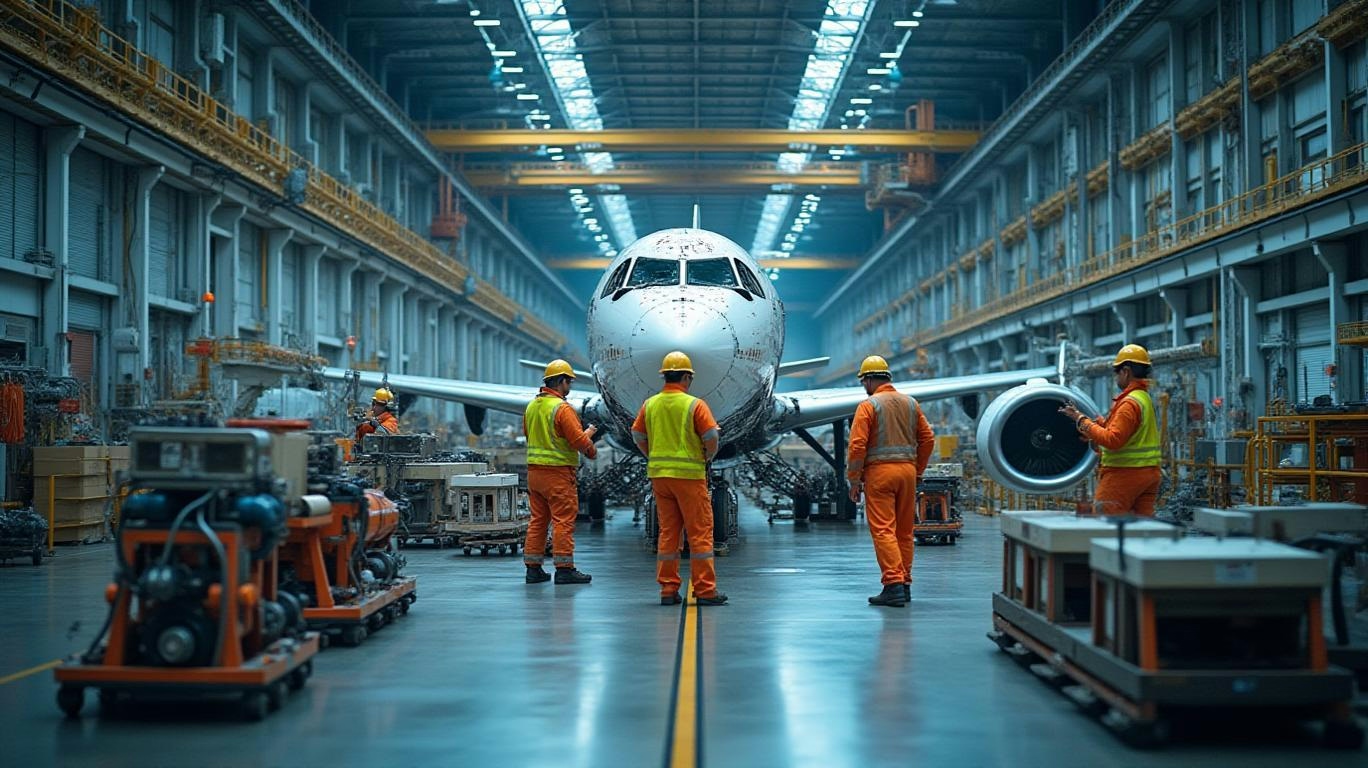
Correo más inteligente, negocios más rápidos. Etiqueta, analiza y responde automáticamente a solicitudes, cotizaciones, pedidos y más — al instante.
Tendencias
Categories
Aviation Mission Computer Market Projected to Reach $5.67 Billion by 2031
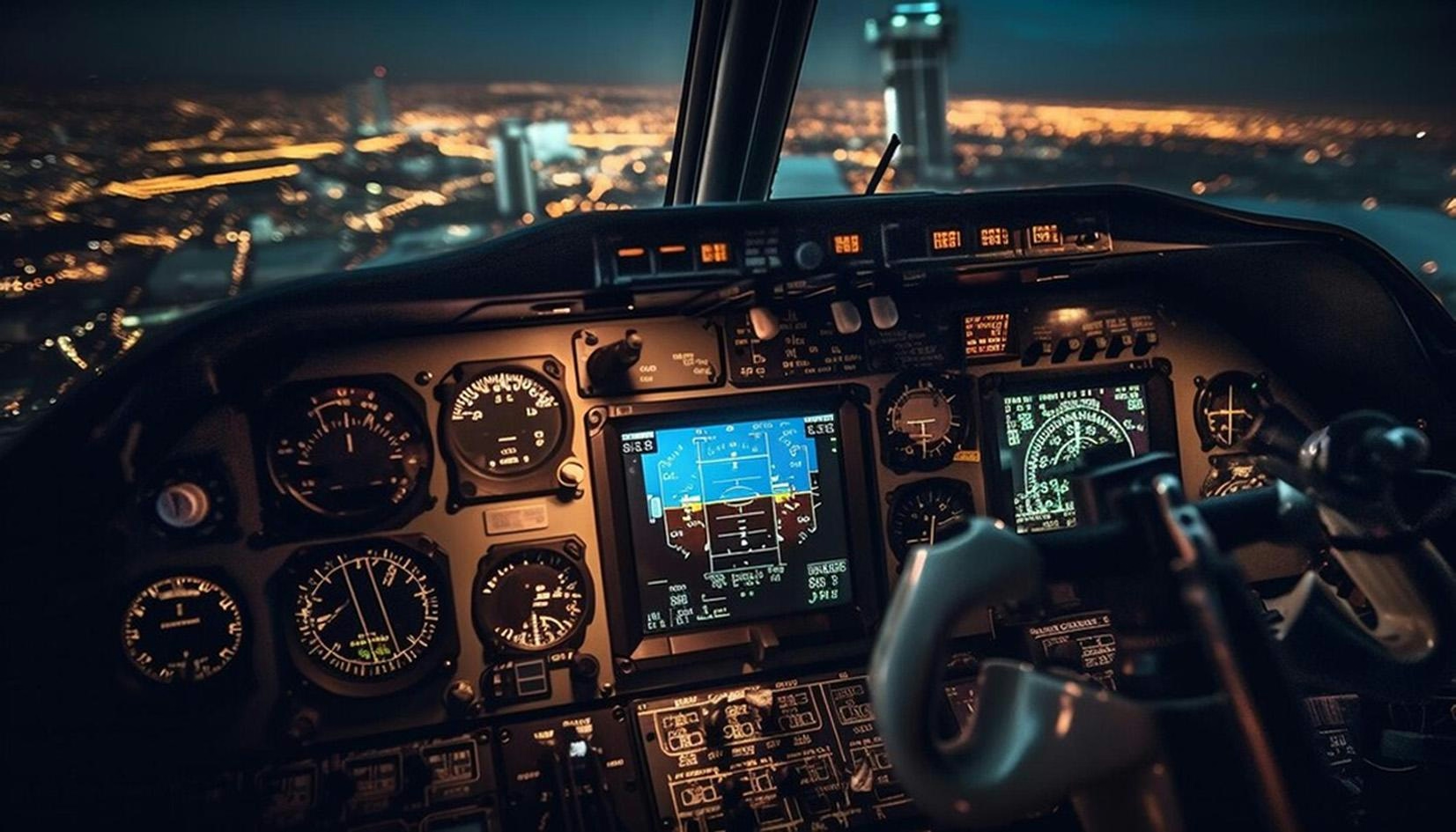
Aviation Mission Computer Market Projected to Reach $5.67 Billion by 2031
The global aviation mission computer market is poised for substantial growth, with forecasts estimating its value will reach USD 5.67 billion by 2031. This expansion is driven by increasing industrial demand and continuous innovation within the aerospace and defense sectors. The market is expected to grow at a compound annual growth rate (CAGR) of 7.2% between 2025 and 2031, building on an estimated valuation of USD 3.12 billion in 2024. Such figures underscore the sector’s strong upward trajectory.
Market Overview and Regional Dynamics
Aviation mission computers play a critical role in both military and commercial aircraft by managing complex flight data, navigation, and communication systems. Their integration enhances mission effectiveness and operational efficiency, particularly as fleets undergo modernization and next-generation aircraft enter service. The persistent demand for advanced avionics and integrated flight systems continues to be a key driver of market growth.
Regionally, North America maintains a dominant position in the aviation mission computer market, supported by its well-established aerospace and defense industries. Concurrently, the Asia-Pacific region is witnessing rapid expansion, propelled by rising defense budgets and the development of aviation infrastructure. Government investments in digital infrastructure and technological advancement are expected to sustain these growth trends across both regions.
Industry Players and Market Drivers
The market landscape is shaped by prominent companies including Lockheed Martin, Northrop Grumman, Raytheon Technologies, Thales Group, BAE Systems, General Dynamics, Hewlett Packard Enterprise, Leonardo S.p.A., L3Harris Technologies, Rockwell Collins, and Curtiss-Wright Corporation. These organizations are at the forefront of innovation and competition within the sector.
Several factors underpin the sustained growth of the aviation mission computer market. Technological advancements continue to improve product functionality, performance, and cost-efficiency. Emerging technologies such as artificial intelligence, the Internet of Things (IoT), advanced analytics, and automation are enabling the development of smarter and more efficient systems, thereby opening new application avenues. Additionally, aviation mission computer solutions are increasingly being integrated across diverse industries beyond aerospace, including automotive, healthcare, consumer electronics, telecommunications, and industrial manufacturing. This cross-sector relevance fosters consistent demand and encourages companies to diversify and tailor their offerings.
Government support also plays a crucial role, with favorable policies, funding initiatives, and public-private partnerships bolstering market growth. Efforts to enhance digital infrastructure and promote sustainable development further stimulate demand for advanced computing technologies.
Challenges and Competitive Landscape
Despite promising growth prospects, the aviation mission computer market faces several challenges. Regulatory compliance requirements, rapid technological evolution, and the complexities involved in integrating new systems with existing infrastructure present ongoing obstacles. In response, companies are increasing investments in research and development while forging strategic partnerships to maintain a competitive edge.
Market participants are also focusing on enhancing product features, expanding their geographic reach, and leveraging technological innovation to differentiate their offerings. These strategies are expected to shape the competitive landscape as demand intensifies for lightweight, high-performance computing solutions.
With continued investment, technological progress, and expanding applications, the aviation mission computer market is positioned for significant development through 2031.
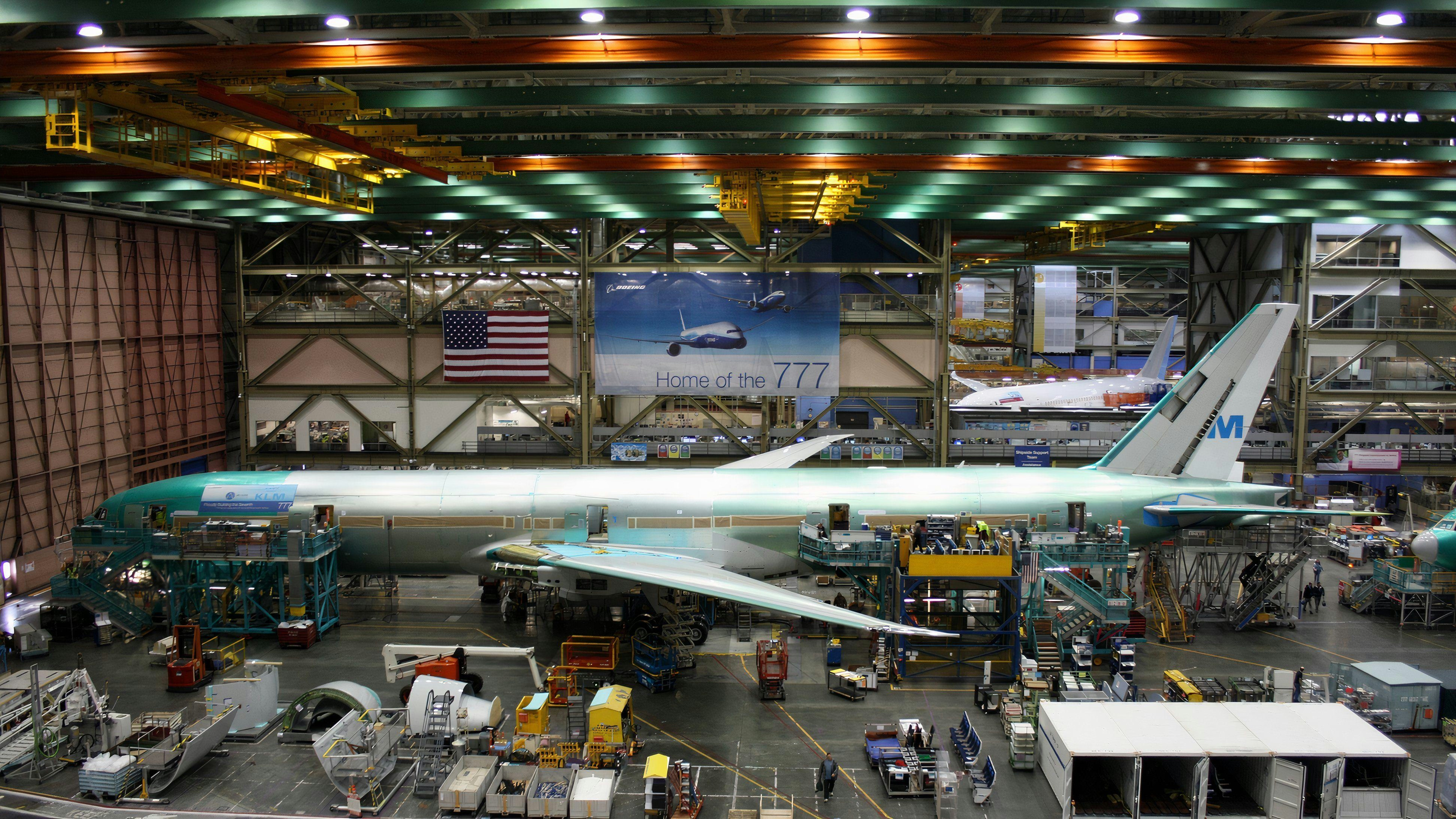
SMBC-Led Acquisition of Air Lease Corp. and Its Industry Implications
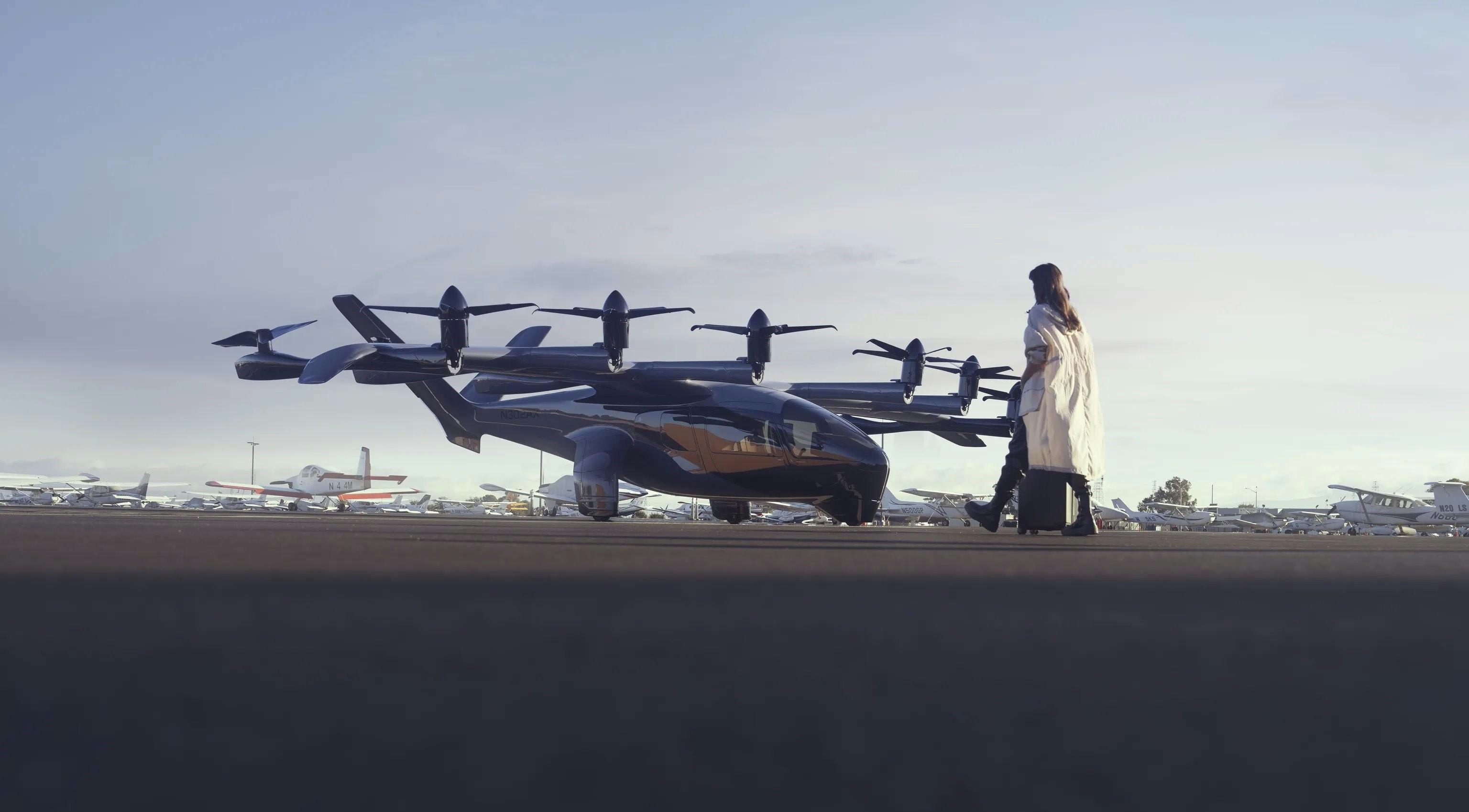
Cathie Wood’s ARK Invest Increases Stake in Archer Aviation as Air Taxis Advance
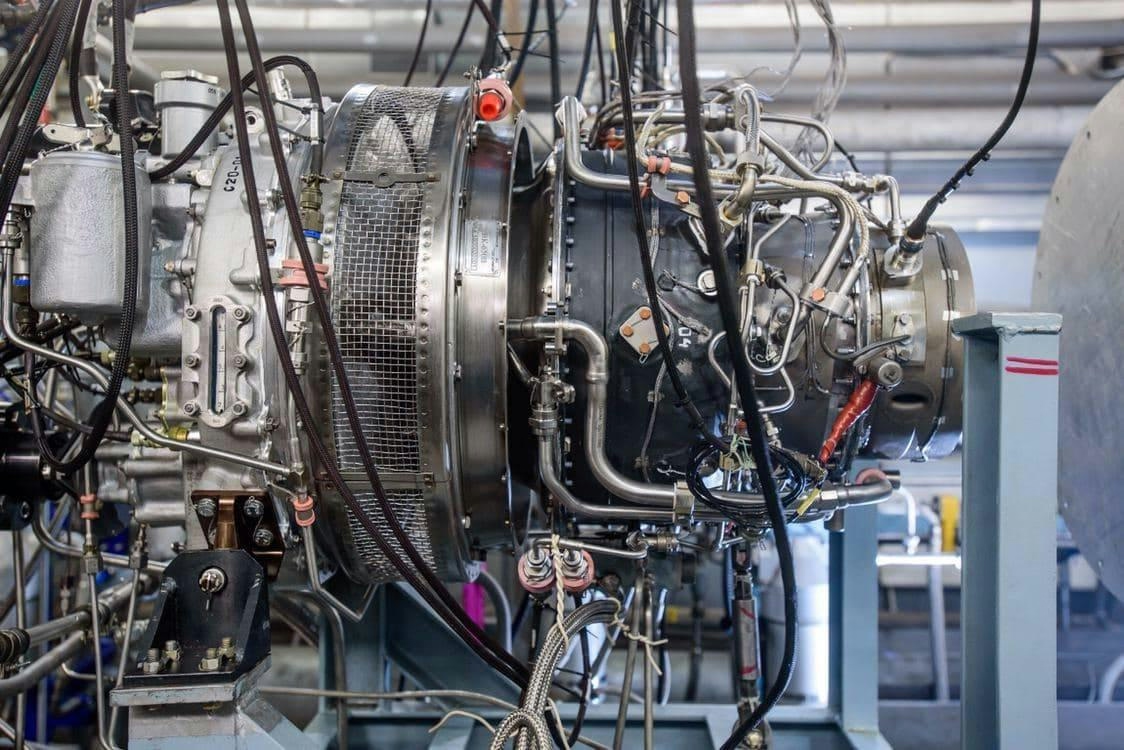
Ansat Helicopter Completes First Flight Powered by Russian VK-650V Engine
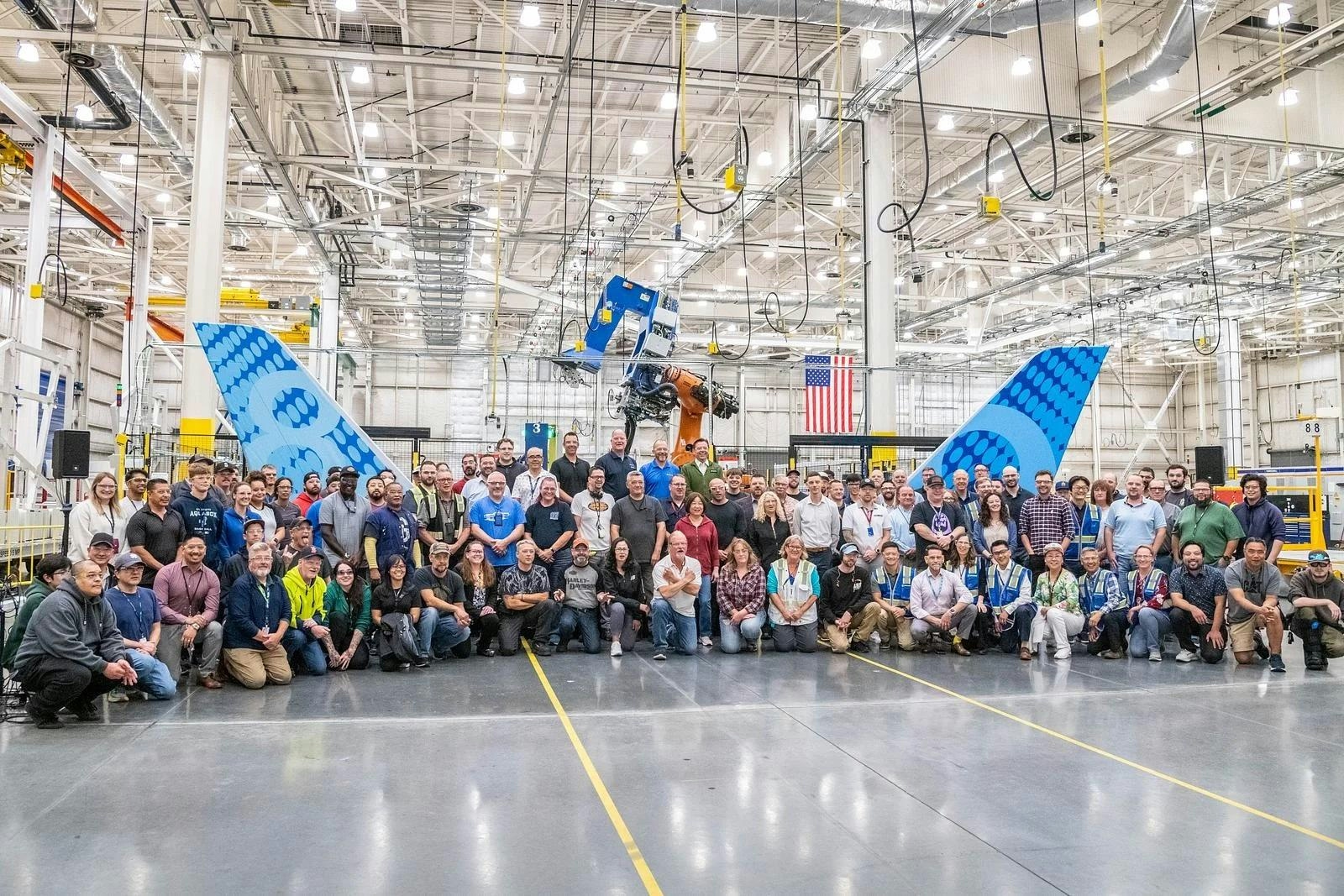
TAT Technologies Launches FutureWorks Aerospace Innovation Center
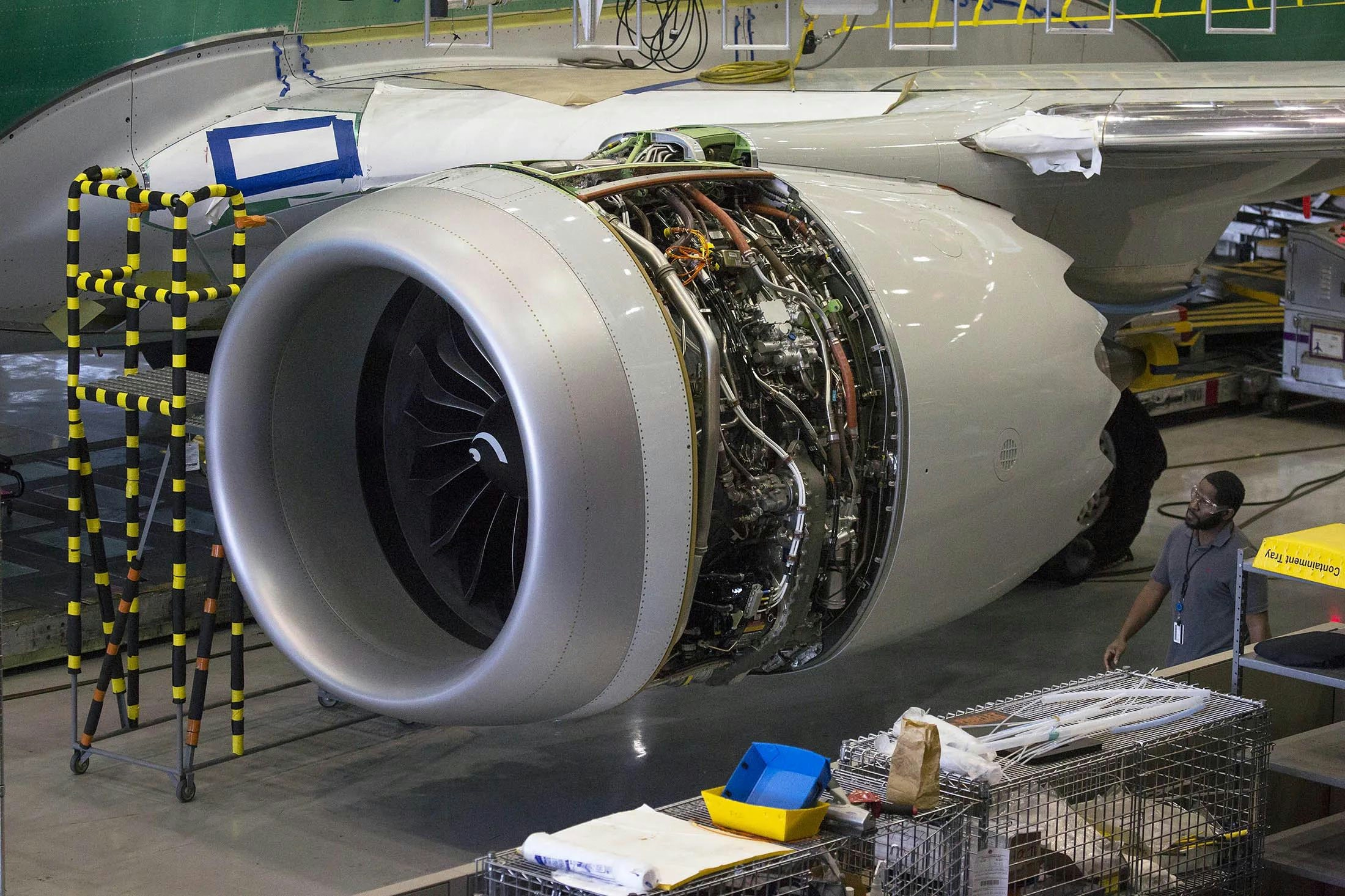
How Long It Takes for a New Plane to Be Delivered
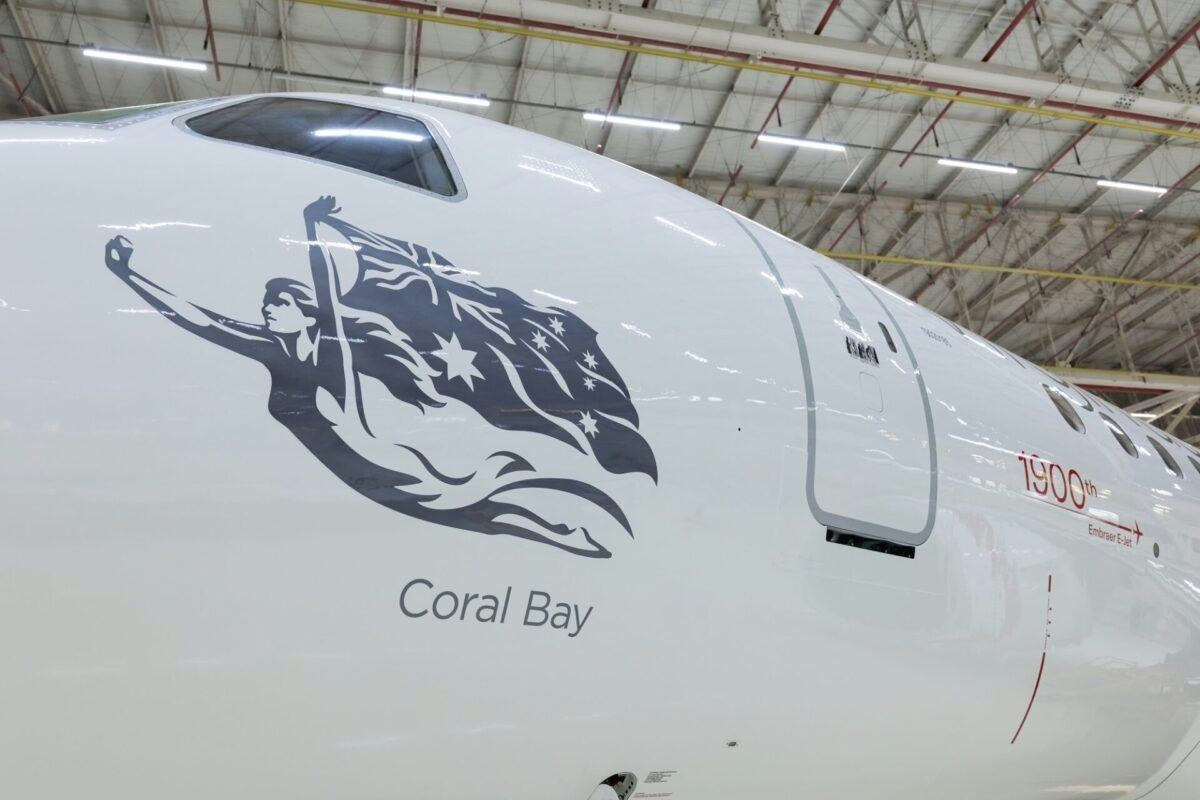
Azorra Delivers Australia’s First E190-E2 to Virgin Australia
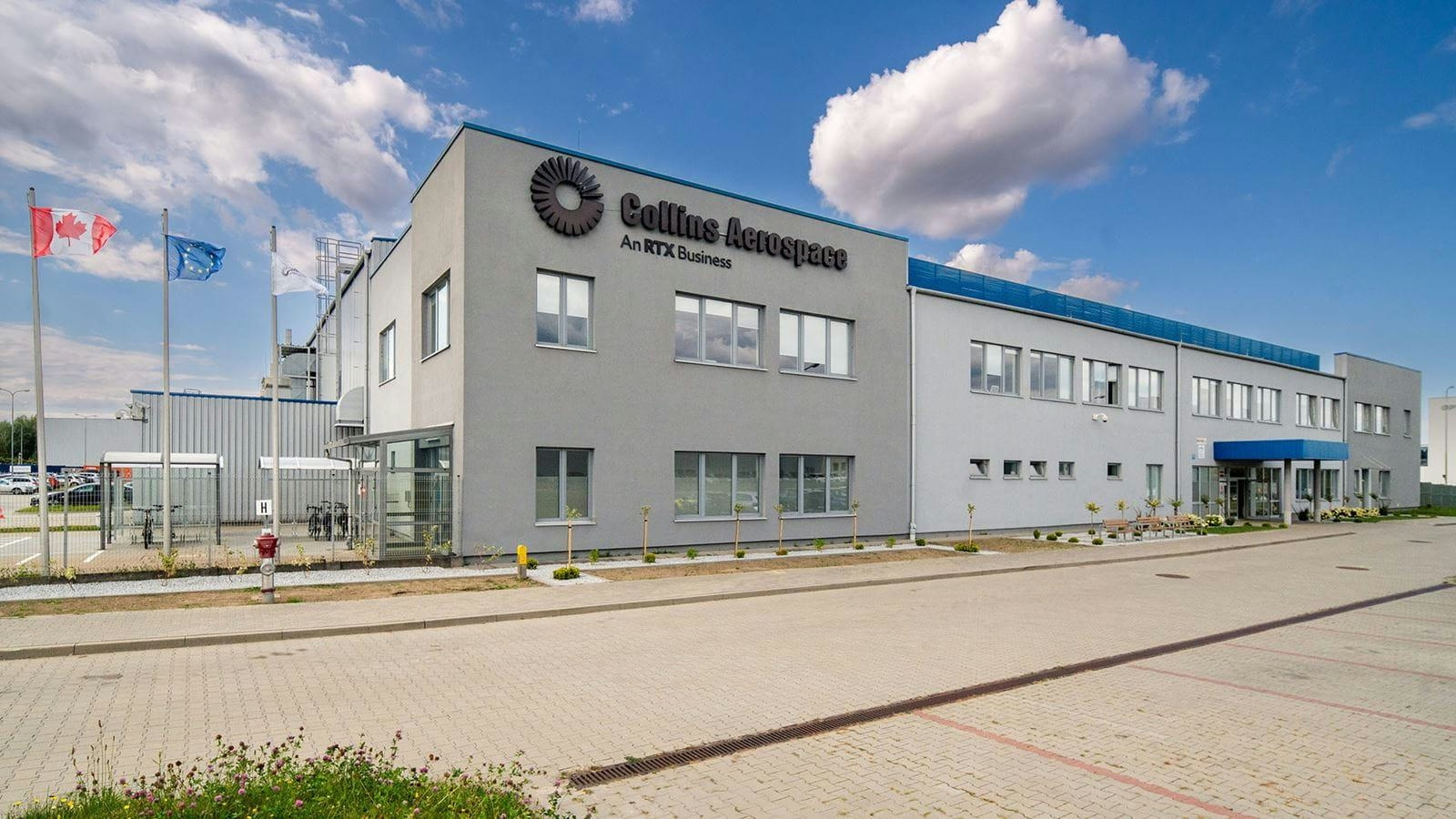
Collins Aerospace Expands MRO Facility in Tajęcina, Poland
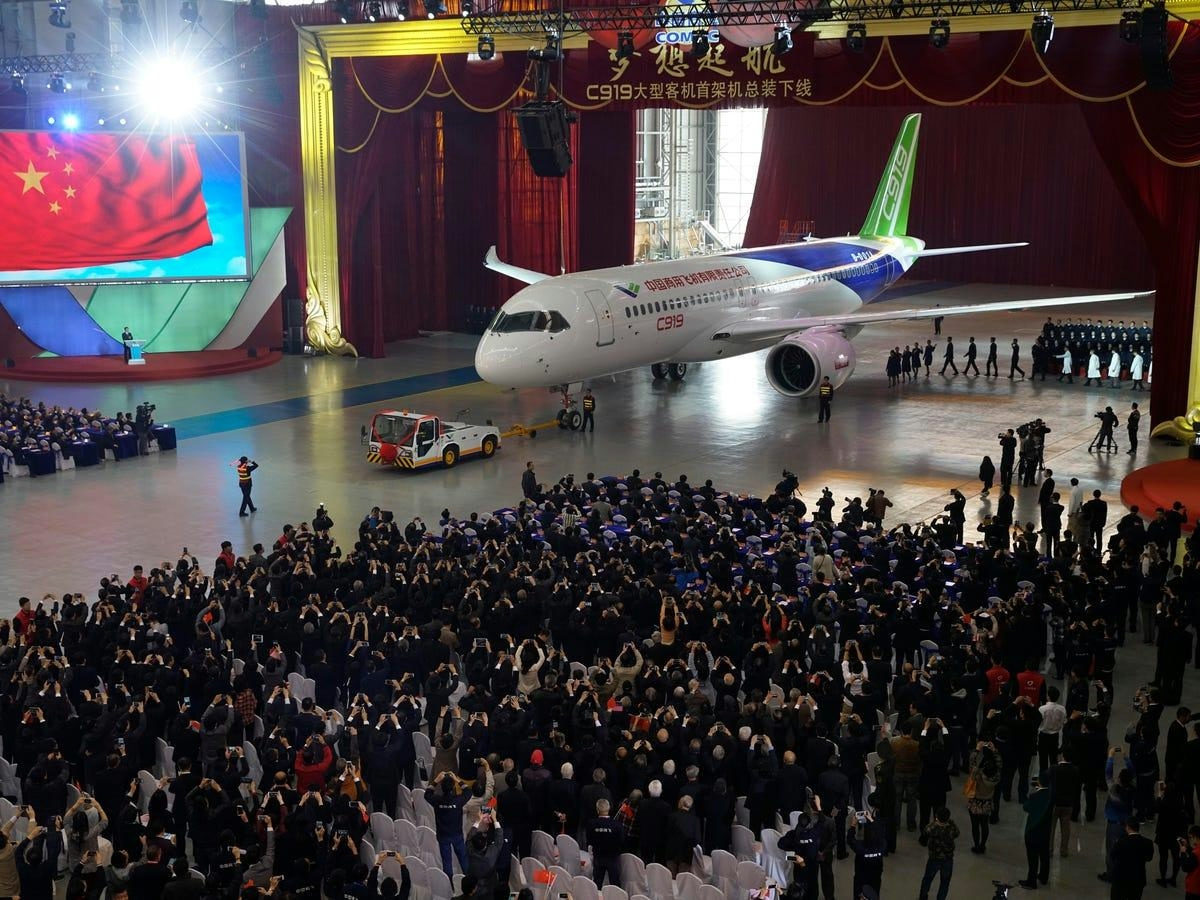
COMAC Aims to Triple Aircraft Deliveries by 2030
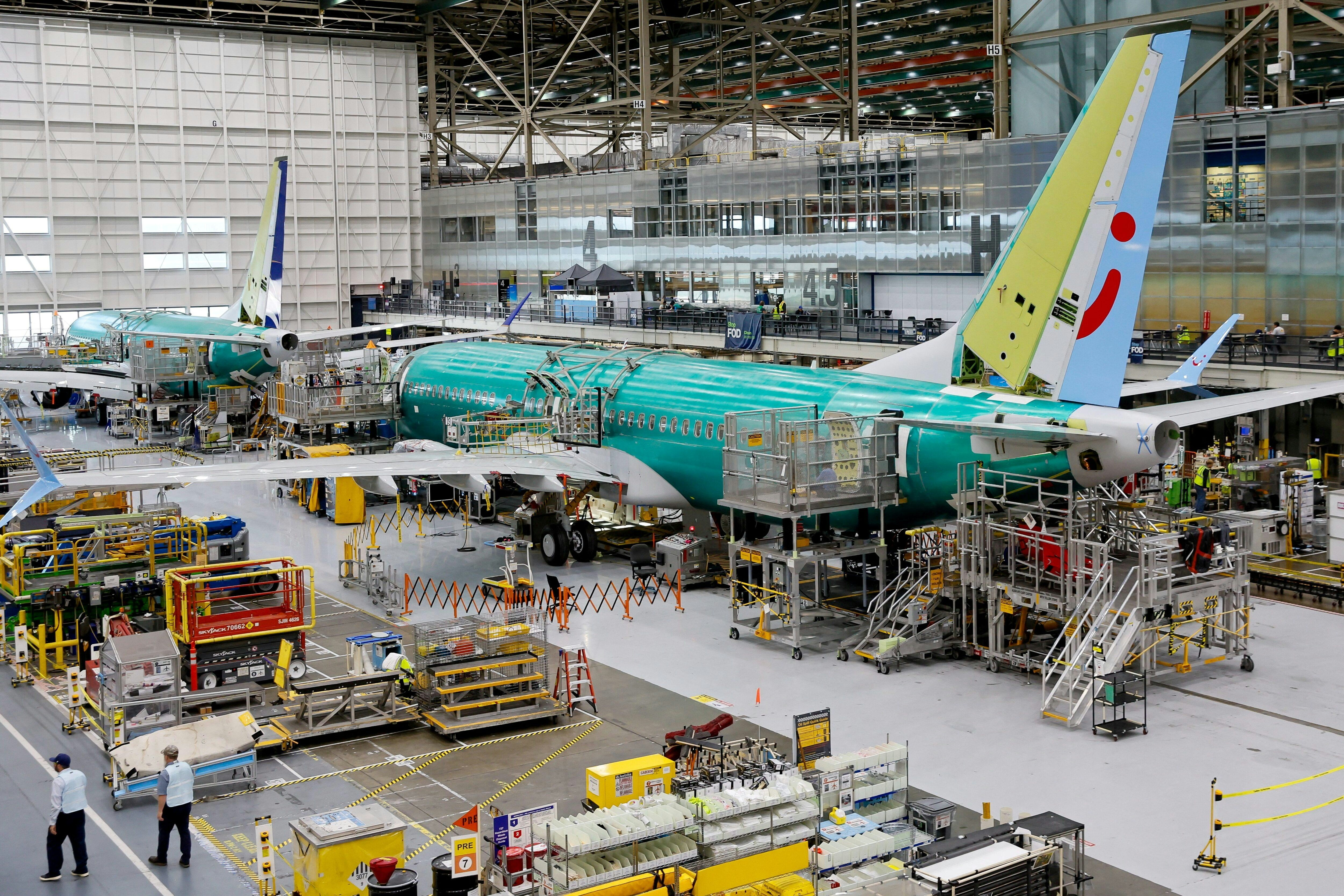
ALM Acquires Two Boeing 737 MAX 8 Aircraft from BOC Aviation
